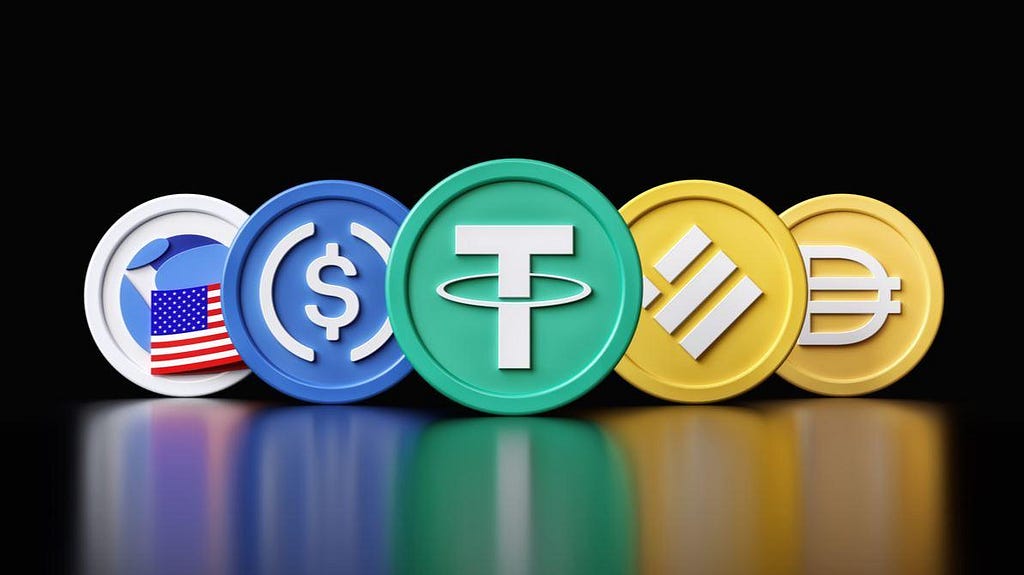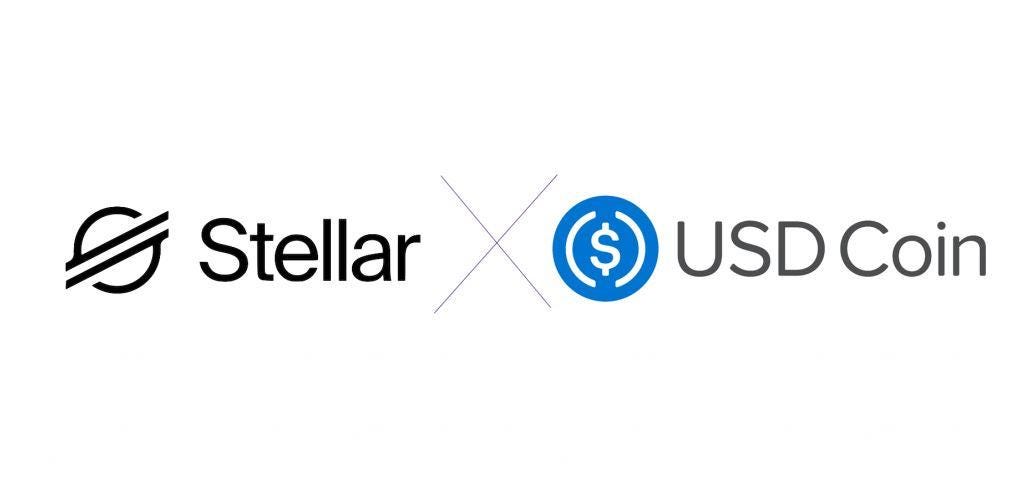Explore what we have learnt after the collapse of algorithmic stablecoin UST and what more stable alternatives exist.

The recent crash of Terra’s Luna and algorithmic UST stablecoin sent seismic shocks through the crypto community, leaving many to question which stablecoins they can use to safely and reliably store value with. Even USDT depegged for a short period during the UST saga.
Stablecoins come in different varieties, some of the most notable of which are Tether (USDT), USD coin (USDC), Binance USD (BUSD), DAI, and until recently TerraUSD (UST). These largest stablecoins represent approximately $160 billion of total value. USDT, USDC, BUSD are collateralized stablecoins issued by centralized bodies and are intended to be backed by at least $1 of value from a reserve, whereas the DAI and UST operate using an algorithmic mechanism to maintain their dollar peg.
What Happened to UST?
The token’s demise was caused by the depegging of TerraUSD (UST), a stablecoin designed to continually retain $1 of value. Unlike collateralized stablecoins, UST isn’t backed by US dollar reserves. Instead, it’s an algorithmic stablecoin that primarily uses Luna (the terra blockchain native currency), to retain its peg.
In theory this would mean one UST could always be swapped for $1 worth of Luna, and if a depeg were to occur arbitrage opportunities would incentivize traders to restore the value of UST.
In reality this delicately balanced system was not robust enough and broke on May 8, when $2 billion in UST was withdrawn simultaneously. UST fell 2 cents below the peg, and the mechanism for exchanging UST to Luna couldn’t keep pace, resulting in investor trust evaporating and both UST and Luna collapsing. Essentially a run on a bank, that caused crypto investors to hurriedly look for alternatives.

USDT
Tether/USDT is the most widely used and well-known of all stables, currently ranking third in market cap on Coingecko. It was launched around 2014 by parent company Bitfinex and has since seen wide-spread adoption, its high level liquidity make it popular with traders. However, this rise to prominence has not come without controversy over the true extent to which it is collateralized. In October 2021 Tether was ordered to pay a $41 million penalty for “untrue or misleading statements and omissions of material fact” which violated the Commodity Exchange Act and CFTC regulations.
USDC
USD Coin (USDC) on the other hand, might be considered a more reliable option. USDC is run by a consortium called Centre, (established by Circle) and includes members from the cryptocurrency exchange Coinbase and Bitcoin mining company Bitmain.
Circle asserts that each USDC is backed by a dollar held in reserve, or by other “approved investments”. Their website currently defines USDC as backed “by cash and short-dated U.S. government obligations”. USDC reserves are monthly attested by Grant Thornton, and can be viewed on Centre’s website.
Although Tether (USDT) is more ubiquitous, USDC benefits from greater opacity of reserves, better interoperability and a more solid legal basis.
DAI
After the demise of UST, DAI is now the largest algorithmic stablecoin with a $6.3 billion market cap. It is considered the first decentralized money to receive significant adoption. DAI operates on the Ethereum blockchain and keeps value at one USD through a system of smart contracts and the decentralized participants which those contracts incentivize to perform maintenance and governance. DAI is operated by MakerDAO, a decentralized autonomous organization (DAO) made up of holders of its governance token — MKR.
DAI is created from an overcollateralized loan and repayment process facilitated by MakerDAO’s smart contracts in the form of a decentralized application. Users who deposit cryptocurrencies as collateral are able to borrow against the value of their deposits and receive newly generated DAI. The minimum collateralization ratio for Ether is currently 150%. If the collateralization falls below the minimum ratio, the loan will be liquidated.
By controlling the types of accepted collateral, minimum collateralization ratios, and interest rates, MakerDAO is able to adjust the quantity of DAI in circulation, and its resulting value.
Stellar Stablecoins
Pendulum has chosen to integrate Stellar fiat stablecoins for a number of reasons. The Stellar network makes it possible to tokenize the world’s currencies on one decentralized ledger where they can all interoperate freely. To facilitate moving funds from traditional banking into Stellar, the network relies on ‘anchors’, which are regulated financial institutions, money service businesses, or fintech companies. These provide:
- Fiat token issuance: One-to-one fiat-backed tokens and maintenance of fiat reserves equal to the worth of the issued tokens.
- A compliant fiat on/off-ramp: Connect the Stellar network to the anchor country’s banking system by maintaining a service that handles regulatory procedures such as KYC/AML and allows users to make frictionless deposits and withdrawals.
For example, in 2020 Germany’s leading tokenization and digital asset custody technology provider, and Bankhaus von der Heydt (BVDH), one of Europe’s oldest banks, joined forces with Stellar to issue a Euro (EUR) stablecoin (EURB) on the Stellar network.
Stellar stablecoins can work not only among each other, but also among all the wallets and apps of the Stellar ecosystem. And soon with all Polkadot substrate parachains after the completion of the Pendulum to Stellar Spacewalk bridge.
USDC on the Stellar network is also promising. Stellar USDC allows for low transaction costs and provides rapid settlements (5 seconds a transaction). Currently, Stellar USDC is growing swiftly with a total payment volume of more than $7.7 billion and nearly 40,000 accounts created.

Final Thoughts
Algorithmic stablecoins, while promising in theory, are still experimental in nature and should be viewed as such. Utilizing collateralized stablecoins offers the greatest security in the current environment. This is exactly what Pendulum plans to do by integrating Stellar fiat stablecoins on to a composable interoperable blockchain built on Polkadot optimized for fiat services. Offering financial services access to opportunities on DeFi.
About Pendulum
Building the missing link between fiat and DeFi through a fiat-optimized smart contract blockchain based on Polkadot’s Substrate. Allowing traditional finance fiat services to integrate with DeFi applications such as specialized forex AMMs, lending protocols, or yield farming opportunities. Developed by SatoshiPay.
Keep your eyes on the Pendulum!
Twitter | Website | Telegram Announcements | Telegram Community | Discord | Reddit
How Stable are Stablecoins? was originally published in Pendulum-Chain on Medium, where people are continuing the conversation by highlighting and responding to this story.






